Home>Renovation & DIY>Home Renovation Guides>What Is A Bathroom Backsplash
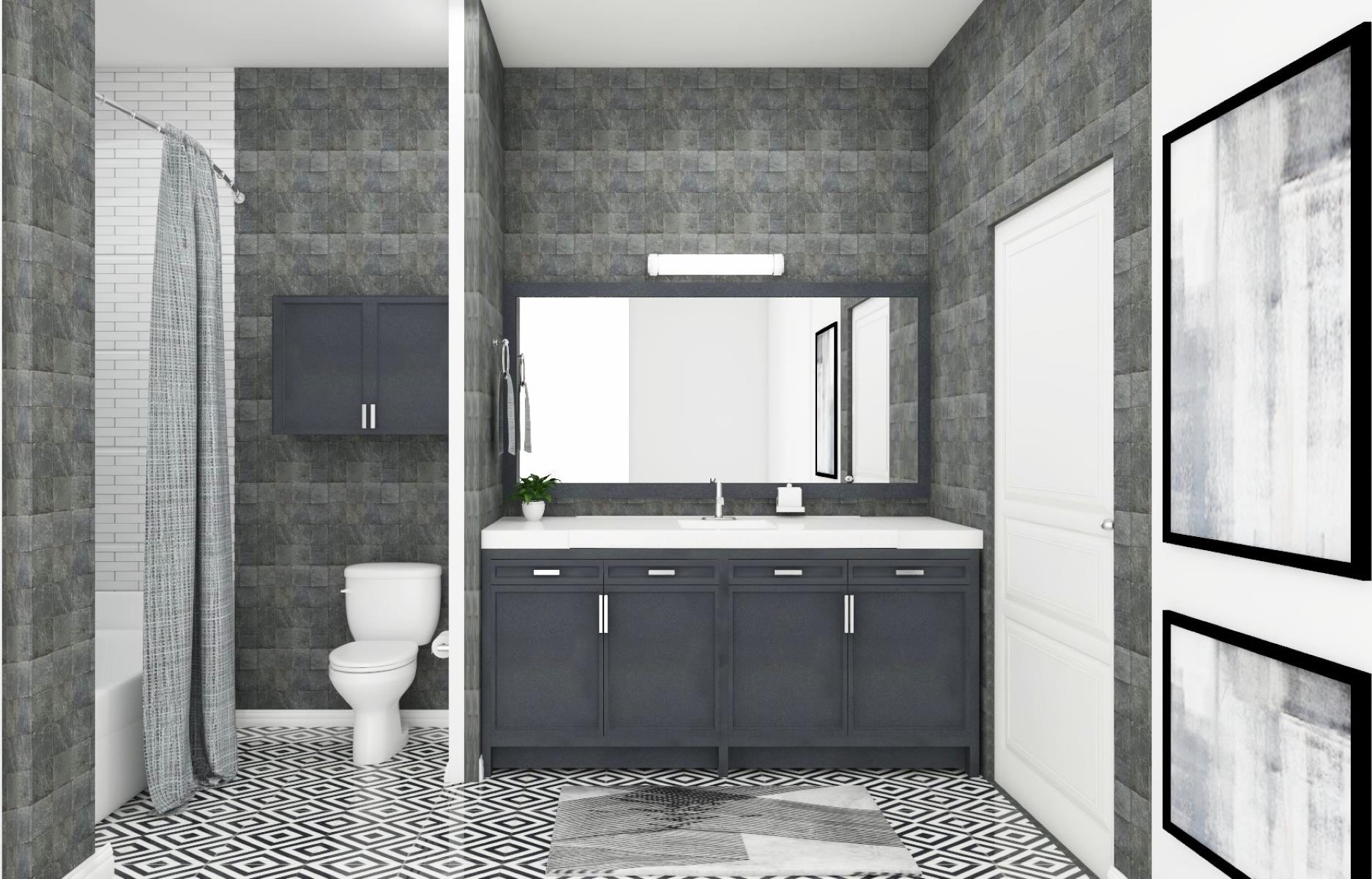

Home Renovation Guides
What Is A Bathroom Backsplash
Modified: February 18, 2024
Learn about the benefits of a bathroom backsplash and how it can enhance your home renovation project with our comprehensive guide.
(Many of the links in this article redirect to a specific reviewed product. Your purchase of these products through affiliate links helps to generate commission for Storables.com, at no extra cost. Learn more)
Introduction
When it comes to renovating a bathroom, there are numerous design elements to consider, and one of the often-overlooked features that can make a significant impact is the bathroom backsplash. A bathroom backsplash is a vertical extension of the bathroom countertop that protects the wall from water damage and adds a touch of style and personality to the space. It serves both a functional and aesthetic purpose, making it a crucial component of any bathroom renovation project.
The bathroom backsplash not only shields the walls from water splashes and moisture but also provides an opportunity to introduce a decorative element that complements the overall design scheme. Whether you prefer a sleek and modern look or a more traditional and ornate style, the backsplash can be customized to suit your preferences, making it a versatile and impactful feature in bathroom design.
In the following sections, we will delve into the various aspects of bathroom backsplashes, including their purpose, different types, suitable materials, installation process, and maintenance requirements. By understanding the significance of a bathroom backsplash and exploring the available options, you can make informed decisions to enhance the functionality and visual appeal of your bathroom space.
Key Takeaways:
- A bathroom backsplash serves as both a protective barrier against water damage and a stylish design element, offering homeowners a versatile way to personalize their bathroom space.
- From classic ceramic tiles to sleek metal options, there are various materials and styles to choose from when selecting a bathroom backsplash, allowing for a customized and visually appealing upgrade.
Read more: How To Install A Backsplash On A Vanity
Purpose of a Bathroom Backsplash
A bathroom backsplash serves a dual purpose, combining functionality with aesthetic appeal to elevate the overall design of the space. Its primary function is to protect the walls from water damage, particularly in areas prone to splashes and moisture, such as around the sink and countertop. By acting as a barrier, the backsplash prevents water from seeping into the walls, thus reducing the risk of mold growth and structural deterioration. This protective feature is especially crucial in bathrooms, where frequent exposure to water and humidity can take a toll on the walls over time.
In addition to its practical role, a bathroom backsplash contributes to the visual cohesiveness of the bathroom design. It serves as a canvas for introducing color, texture, and pattern, allowing homeowners to infuse their personal style into the space. Whether it's a bold, eye-catching tile design or a subtle, complementary backdrop, the backsplash plays a pivotal role in tying together the various elements of the bathroom, such as the vanity, mirror, and lighting fixtures.
Furthermore, the backsplash can create a focal point within the bathroom, drawing attention to a specific area and adding visual interest. This is particularly evident when the backsplash extends to the entire wall behind the vanity, creating a seamless and impactful backdrop. By strategically selecting the material and design of the backsplash, homeowners can enhance the overall ambiance of the bathroom, whether aiming for a spa-like retreat or a contemporary, minimalist aesthetic.
Moreover, the backsplash can be a cost-effective way to refresh the bathroom without undertaking a full-scale renovation. By simply updating the backsplash with new tiles or a different material, homeowners can instantly transform the look and feel of the space, making it a versatile and impactful design element.
In summary, the purpose of a bathroom backsplash goes beyond mere protection; it is a design feature that harmonizes functionality with style, safeguarding the walls while enhancing the visual appeal of the bathroom. Understanding the multifaceted role of the backsplash is essential for making informed decisions when planning a bathroom renovation or upgrade.
Types of Bathroom Backsplashes
When it comes to bathroom backsplashes, there is a diverse range of options to suit various design preferences and practical requirements. Each type of backsplash offers unique characteristics, allowing homeowners to customize their bathrooms according to their personal style and functional needs.
-
Tile Backsplashes:
- Ceramic, porcelain, glass, or natural stone tiles are popular choices for bathroom backsplashes. They offer versatility in terms of color, shape, and texture, allowing for endless design possibilities. From classic subway tiles to intricate mosaic patterns, tile backsplashes can create a timeless or contemporary look, depending on the selected tile type and layout.
-
Solid Surface Backsplashes:
- Solid surface materials, such as quartz, marble, or engineered stone, can be used to create seamless and low-maintenance backsplashes. These materials provide a sleek and uniform appearance, ideal for modern and minimalist bathroom designs. Additionally, solid surface backsplashes are resistant to water damage and easy to clean, making them a practical choice for busy bathrooms.
-
Wood Backsplashes:
- While less common in bathrooms, wood backsplashes can add warmth and organic texture to the space. Treated or sealed hardwood, such as teak or cedar, can be used to create a distinctive and natural-looking backsplash. However, it's essential to ensure proper sealing and maintenance to protect the wood from moisture and humidity in the bathroom environment.
-
Metal Backsplashes:
- For a contemporary and industrial aesthetic, metal backsplashes, such as stainless steel or copper, can be an intriguing choice. Metal backsplashes are durable, hygienic, and easy to clean, making them suitable for modern and high-traffic bathrooms. They can also reflect light and create visual interest, adding a touch of sophistication to the space.
-
Painted Backsplashes:
- A cost-effective and customizable option, painted backsplashes offer endless color possibilities. Whether using moisture-resistant paint or specialized waterproof coatings, homeowners can achieve a personalized and budget-friendly backsplash. This option is ideal for those seeking a quick and easy update without the complexity of tile or other materials.
By understanding the characteristics and benefits of each type of bathroom backsplash, homeowners can make informed decisions based on their design preferences, maintenance considerations, and overall vision for the bathroom space. Whether aiming for a timeless and elegant look with classic tiles or a sleek and modern appeal with solid surfaces, the variety of options ensures that there is a suitable backsplash for every bathroom style and functional requirement.
Materials for Bathroom Backsplashes
When selecting materials for bathroom backsplashes, homeowners have a wide array of options to consider, each offering distinct characteristics in terms of aesthetics, durability, and maintenance. The choice of material plays a pivotal role in defining the overall look and functionality of the backsplash, making it essential to weigh the pros and cons of each option before making a decision.
Ceramic and Porcelain Tiles
Ceramic and porcelain tiles are popular choices for bathroom backsplashes due to their versatility and durability. Available in an extensive range of colors, patterns, and sizes, these tiles offer endless design possibilities, allowing homeowners to achieve various aesthetics, from classic to contemporary. Additionally, ceramic and porcelain tiles are resistant to water and stains, making them easy to maintain and ideal for high-moisture environments.
Read more: How To Attach Backsplash To Vanity
Natural Stone
Natural stone, such as marble, granite, or travertine, can add a luxurious and timeless appeal to bathroom backsplashes. Each type of natural stone exhibits unique veining and color variations, creating a one-of-a-kind backdrop for the bathroom. While natural stone imparts an elegant and sophisticated look, it requires regular sealing to protect it from water damage and staining, making it a higher-maintenance option compared to ceramic or porcelain tiles.
Glass Tiles
Glass tiles are prized for their luminous and reflective qualities, adding a touch of glamour to bathroom backsplashes. Available in a myriad of colors and finishes, glass tiles can create a vibrant and modern aesthetic, especially when used to introduce bold hues or intricate patterns. Furthermore, glass tiles are non-porous and resistant to moisture, making them an excellent choice for both the visual impact and practical functionality of the backsplash.
Engineered Quartz
Engineered quartz, a composite material made from natural quartz and resin, offers a durable and low-maintenance option for bathroom backsplashes. With its uniform appearance and non-porous surface, engineered quartz is resistant to water, stains, and scratches, making it an ideal choice for busy bathrooms. Additionally, engineered quartz is available in a wide range of colors and finishes, allowing homeowners to achieve a sleek and cohesive look in their bathroom design.
Metal
For a contemporary and industrial-inspired aesthetic, metal backsplashes, such as stainless steel or copper, can make a striking statement in the bathroom. Metal backsplashes are not only durable and easy to clean but also have the ability to reflect light, creating visual interest and adding a touch of sophistication to the space. While metal backsplashes can develop a natural patina over time, this characteristic adds to their unique charm and appeal.
By carefully considering the characteristics and maintenance requirements of each material, homeowners can make an informed decision when choosing the ideal material for their bathroom backsplash. Whether prioritizing durability, visual impact, or low maintenance, the diverse range of materials ensures that there is a suitable option to fulfill both functional and aesthetic needs in bathroom design.
Installation of Bathroom Backsplashes
The installation of a bathroom backsplash is a crucial phase in the renovation process, requiring precision and attention to detail to ensure a seamless and durable outcome. Whether opting for ceramic tiles, natural stone, or other materials, the installation process follows a series of essential steps to achieve a professional and visually appealing result.
Preparation
Before commencing the installation, it is imperative to prepare the wall surface where the backsplash will be installed. This involves ensuring that the wall is clean, dry, and free from any debris or residues. Additionally, the wall may need to be primed to create a suitable base for the backsplash material, promoting adhesion and longevity.
Measurement and Layout
Accurate measurement and layout are fundamental to achieving a balanced and visually pleasing backsplash. Careful consideration is given to the dimensions of the backsplash area, ensuring that the tiles or other materials are arranged in a symmetrical and harmonious manner. This step is crucial in determining the starting point for the installation and minimizing the need for excessive cuts or adjustments.
Cutting and Trimming
Depending on the chosen material, cutting and trimming may be necessary to fit the backsplash around obstacles such as outlets, switches, or corners. Precision tools, such as tile cutters or wet saws, are utilized to achieve clean and accurate cuts, ensuring a seamless integration of the backsplash with the surrounding elements.
Read more: What Is Kitchen Backsplash
Application of Adhesive
Once the layout is determined and the materials are prepared, the next step involves applying the appropriate adhesive to the wall surface. The type of adhesive used depends on the backsplash material and the wall substrate, with options such as thin-set mortar for tiles or specialized adhesives for other materials. The adhesive is carefully spread using a trowel, creating an even and consistent layer to support the backsplash.
Placing and Securing the Backsplash
With the adhesive in place, the backsplash material is carefully positioned and pressed onto the wall surface, ensuring a snug fit and proper alignment. Spacers may be used to maintain consistent grout lines, and adjustments are made to guarantee a level and uniform installation. Depending on the material, additional securing methods, such as grouting for tiles or adhesive bonding for other materials, are employed to reinforce the installation.
Finishing and Grouting
Once the backsplash material is firmly in place, the final step involves grouting and finishing the installation. Grout, available in various colors, is applied to the gaps between tiles or other materials, filling in the spaces and providing structural support. Excess grout is carefully removed, and the surface is cleaned to reveal the finished backsplash, ready to enhance the visual appeal and functionality of the bathroom.
By following these meticulous steps and ensuring attention to detail, the installation of a bathroom backsplash can elevate the overall design of the space, providing a protective and visually striking element that complements the bathroom's aesthetic. Whether executed by a professional installer or a skilled DIY enthusiast, the installation process is a critical phase in realizing the full potential of the backsplash as a key feature in bathroom renovation and design.
Maintenance and Cleaning of Bathroom Backsplashes
Maintaining the pristine condition of a bathroom backsplash is essential for preserving its visual appeal and structural integrity over time. Regular cleaning and proper maintenance practices are key to ensuring that the backsplash continues to enhance the overall aesthetic of the bathroom while effectively serving its protective function.
Read more: What Is The Best Backsplash
Cleaning Routine
A consistent cleaning routine is the foundation of proper maintenance for bathroom backsplashes. Depending on the material, a gentle cleaning solution, such as a mixture of mild soap and water, can effectively remove surface grime and maintain the backsplash's luster. For more stubborn stains or mineral deposits, a non-abrasive cleaning agent specifically formulated for the backsplash material can be used, ensuring that the surface remains unharmed.
Grout Maintenance
For tile backsplashes, grout maintenance is crucial in preserving the overall appearance and structural integrity. Periodic inspection and resealing of grout lines can prevent moisture penetration and the accumulation of mold or mildew. Additionally, grout sealer application at regular intervals helps to safeguard the grout from discoloration and deterioration, prolonging the lifespan of the backsplash.
Material-Specific Care
Different materials require specific care to maintain their beauty and functionality. For natural stone backsplashes, using pH-neutral cleaners and avoiding acidic or abrasive substances is imperative to prevent etching or damage to the surface. Glass backsplashes benefit from a streak-free glass cleaner to maintain their transparency and reflective properties, while metal backsplashes may require occasional polishing to retain their luster and resist tarnishing.
Preventive Measures
In addition to regular cleaning, implementing preventive measures can contribute to the long-term maintenance of bathroom backsplashes. Placing protective mats or trays around the sink area can minimize water splashes and reduce the risk of moisture-related issues. Promptly addressing any spills or splatters can prevent staining and simplify the cleaning process, preserving the backsplash's pristine appearance.
Read more: What Is The Cheapest Backsplash
Professional Maintenance
Periodic professional maintenance, such as resealing natural stone or regrouting tile backsplashes, can be beneficial in ensuring the longevity and performance of the installation. Professional cleaning services specializing in specific backsplash materials can provide deep cleaning and restoration, revitalizing the backsplash and addressing any accumulated grime or imperfections.
By incorporating these maintenance practices into the regular care routine, homeowners can uphold the beauty and functionality of their bathroom backsplashes, prolonging their lifespan and preserving their contribution to the overall aesthetic of the space. With proper maintenance and attentive care, the backsplash will continue to serve as a captivating and protective element in the bathroom, enhancing the overall ambiance and visual appeal for years to come.
Conclusion
In conclusion, the bathroom backsplash is a versatile and impactful element that combines practical functionality with aesthetic appeal, making it an essential component of any bathroom renovation or design project. Its primary role in protecting the walls from water damage and moisture is complemented by its ability to introduce color, texture, and personality to the space. Whether crafted from ceramic tiles, natural stone, glass, or other materials, the backsplash serves as a canvas for homeowners to express their style and create a cohesive and visually striking bathroom environment.
The diverse range of materials and types of backsplashes offers homeowners the flexibility to tailor the design to their preferences, whether aiming for a timeless and elegant look with classic tiles or a sleek and modern appeal with solid surfaces. The installation process, when executed with precision and attention to detail, ensures a seamless integration of the backsplash, enhancing the overall aesthetic and functionality of the bathroom.
Furthermore, the maintenance and cleaning of the backsplash are essential for preserving its pristine condition and prolonging its lifespan. By implementing a consistent cleaning routine, material-specific care, and preventive measures, homeowners can ensure that the backsplash continues to enhance the visual appeal of the bathroom while effectively serving its protective function.
Overall, the bathroom backsplash stands as a testament to the marriage of form and function in interior design. Its ability to elevate the aesthetic appeal of the bathroom while safeguarding the walls from water damage makes it a valuable and transformative element in any bathroom space. Whether embarking on a full-scale renovation or seeking a simple update, the inclusion of a thoughtfully chosen and well-maintained backsplash can significantly enhance the ambiance and functionality of the bathroom, creating a space that is both visually captivating and structurally resilient.
Frequently Asked Questions about What Is A Bathroom Backsplash
Was this page helpful?
At Storables.com, we guarantee accurate and reliable information. Our content, validated by Expert Board Contributors, is crafted following stringent Editorial Policies. We're committed to providing you with well-researched, expert-backed insights for all your informational needs.
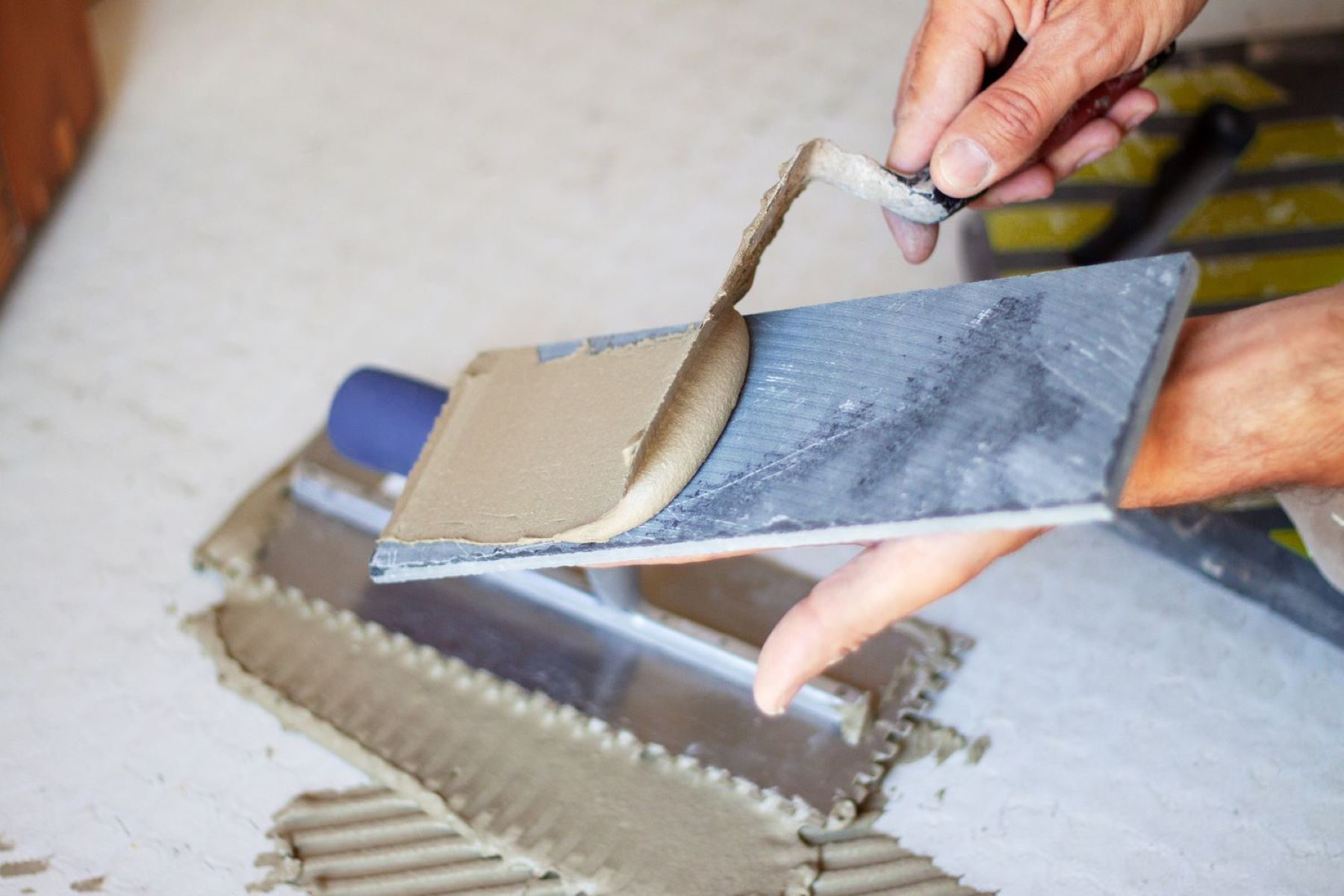
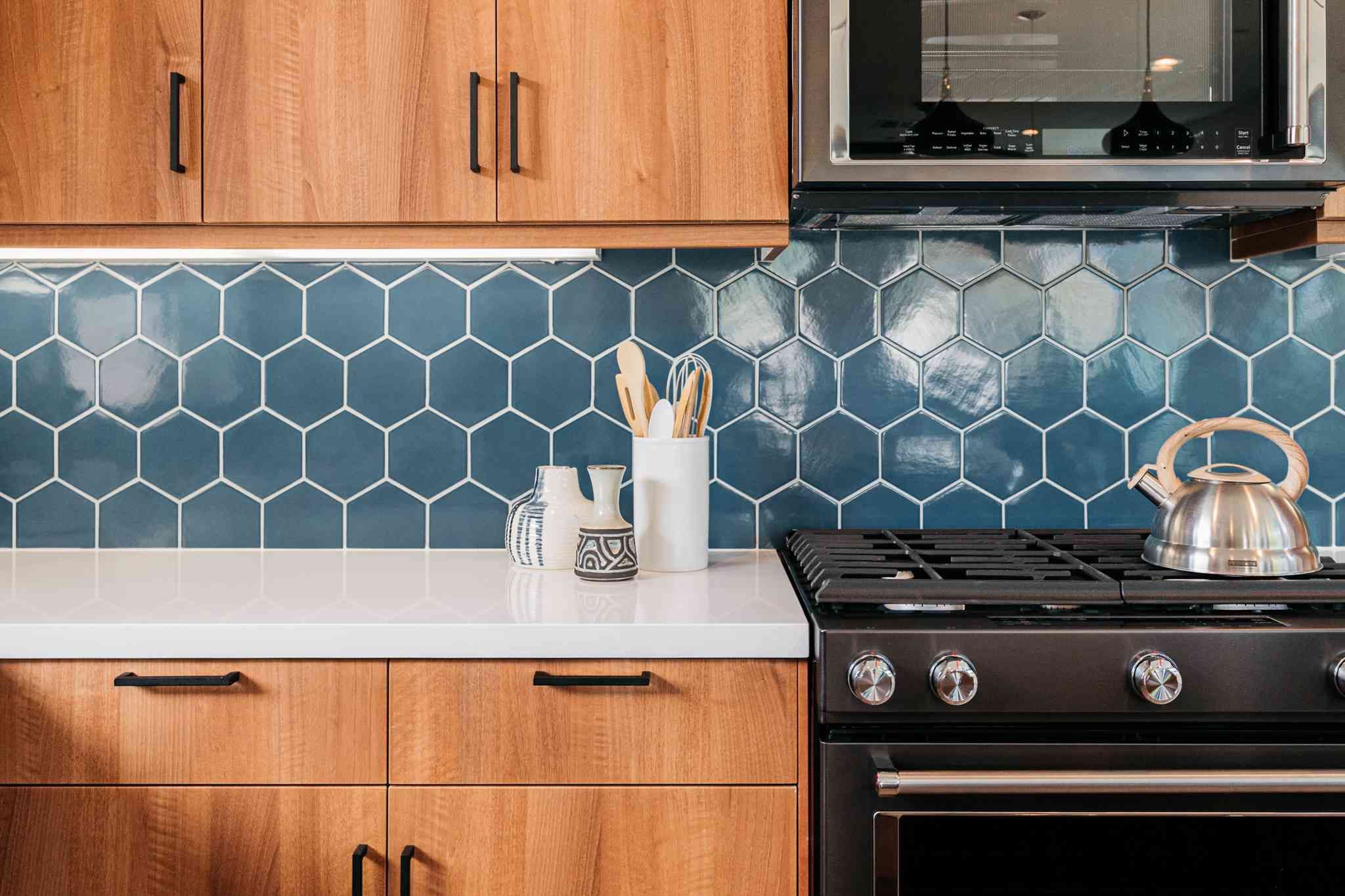
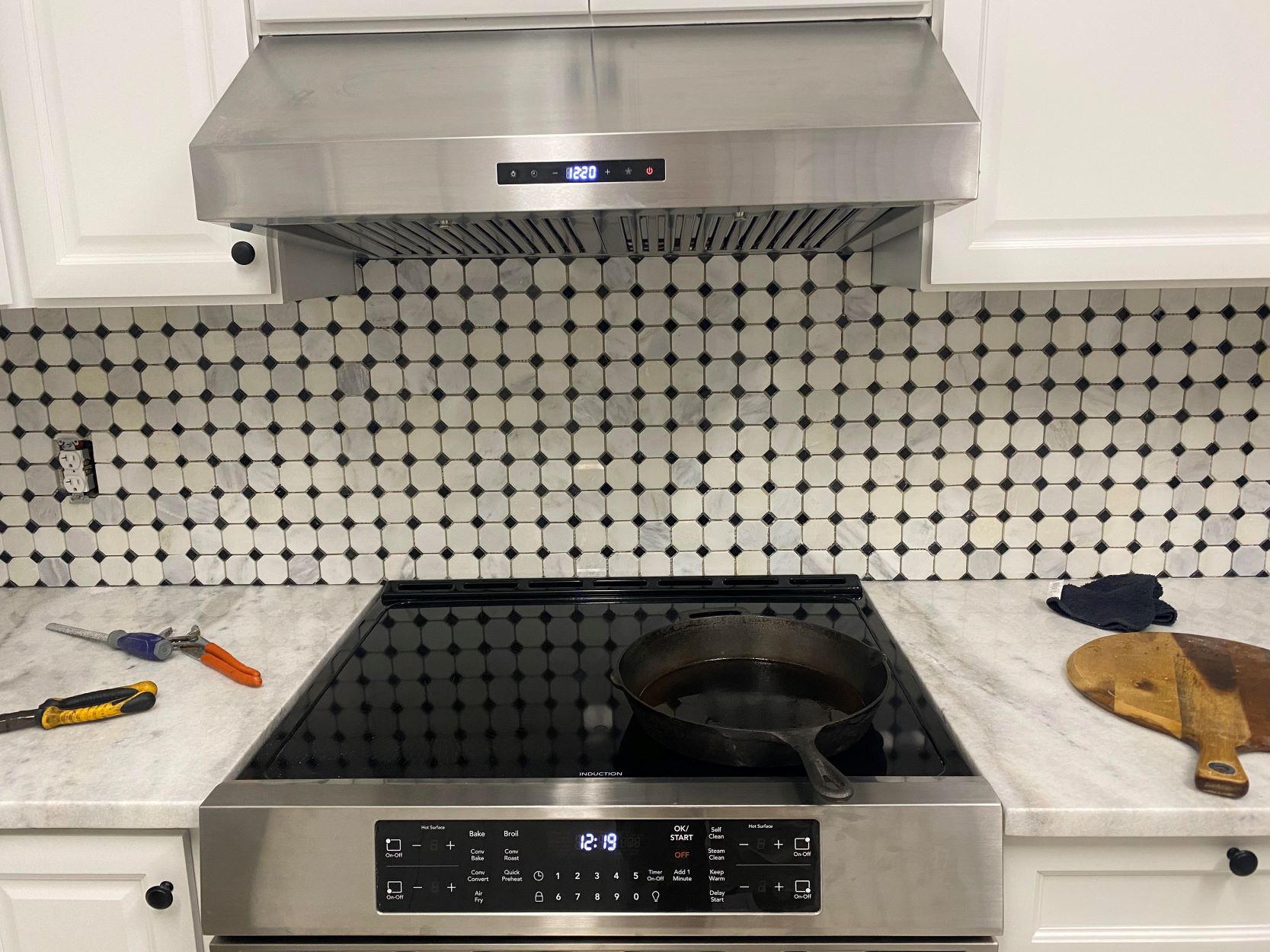
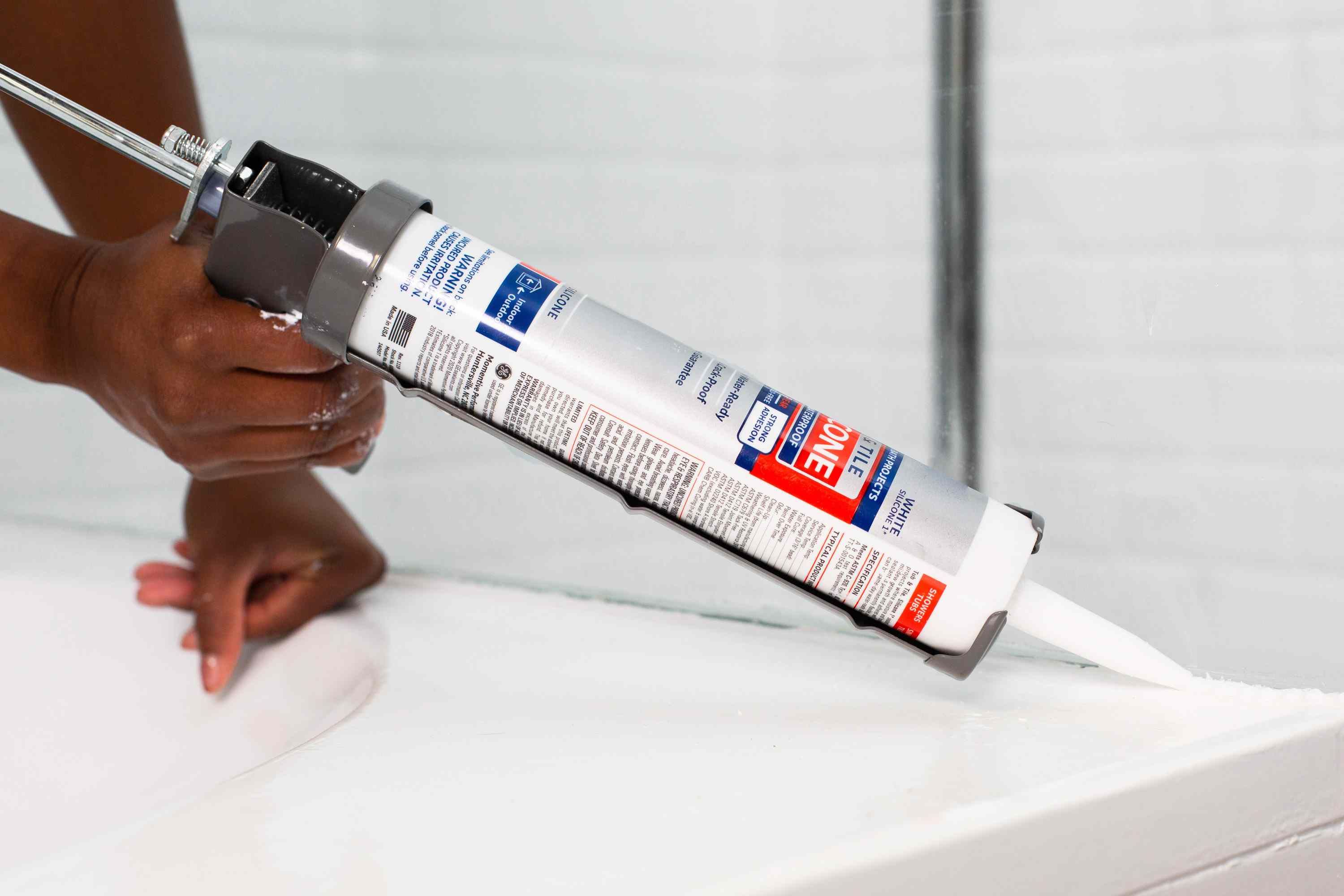
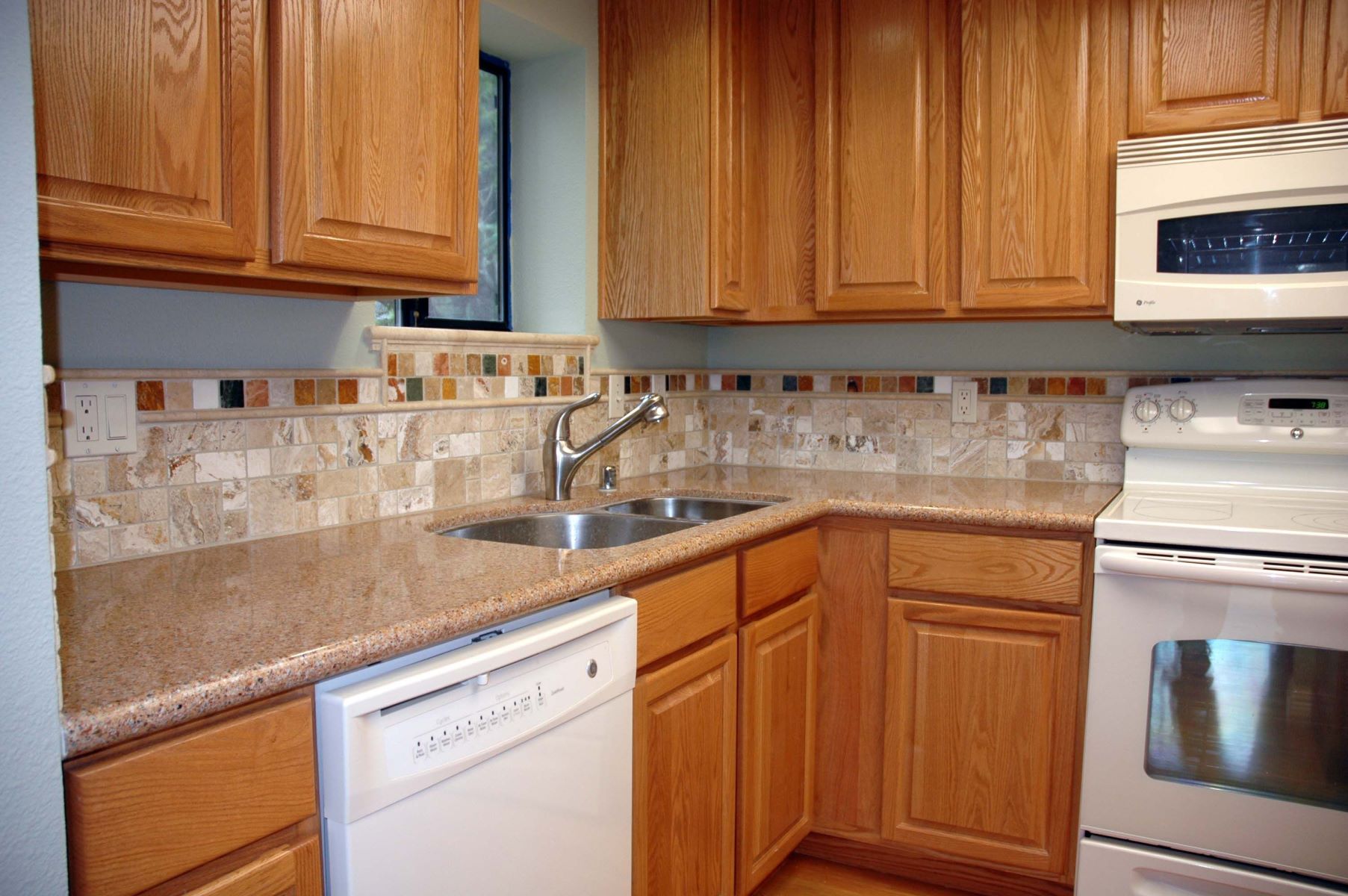
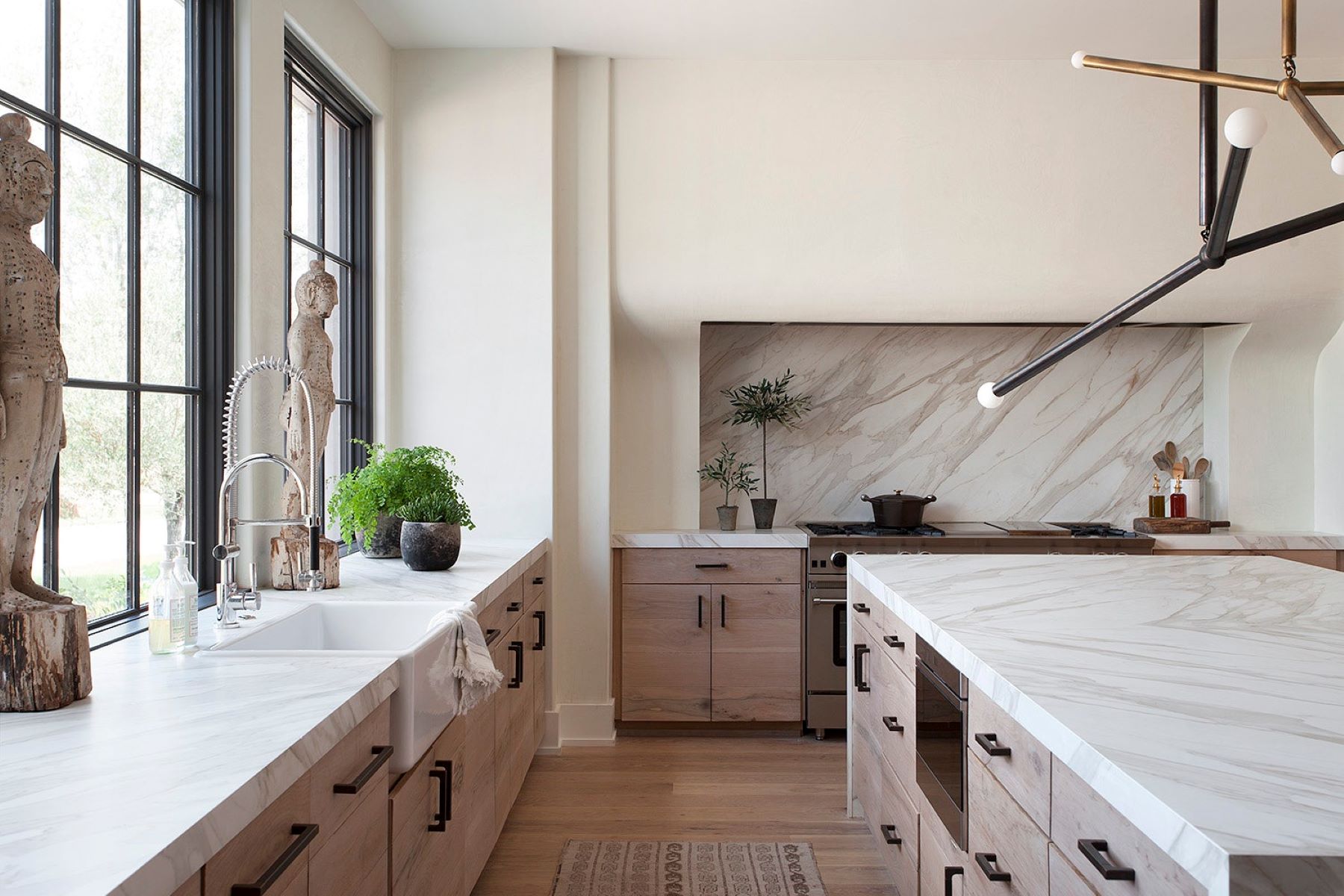
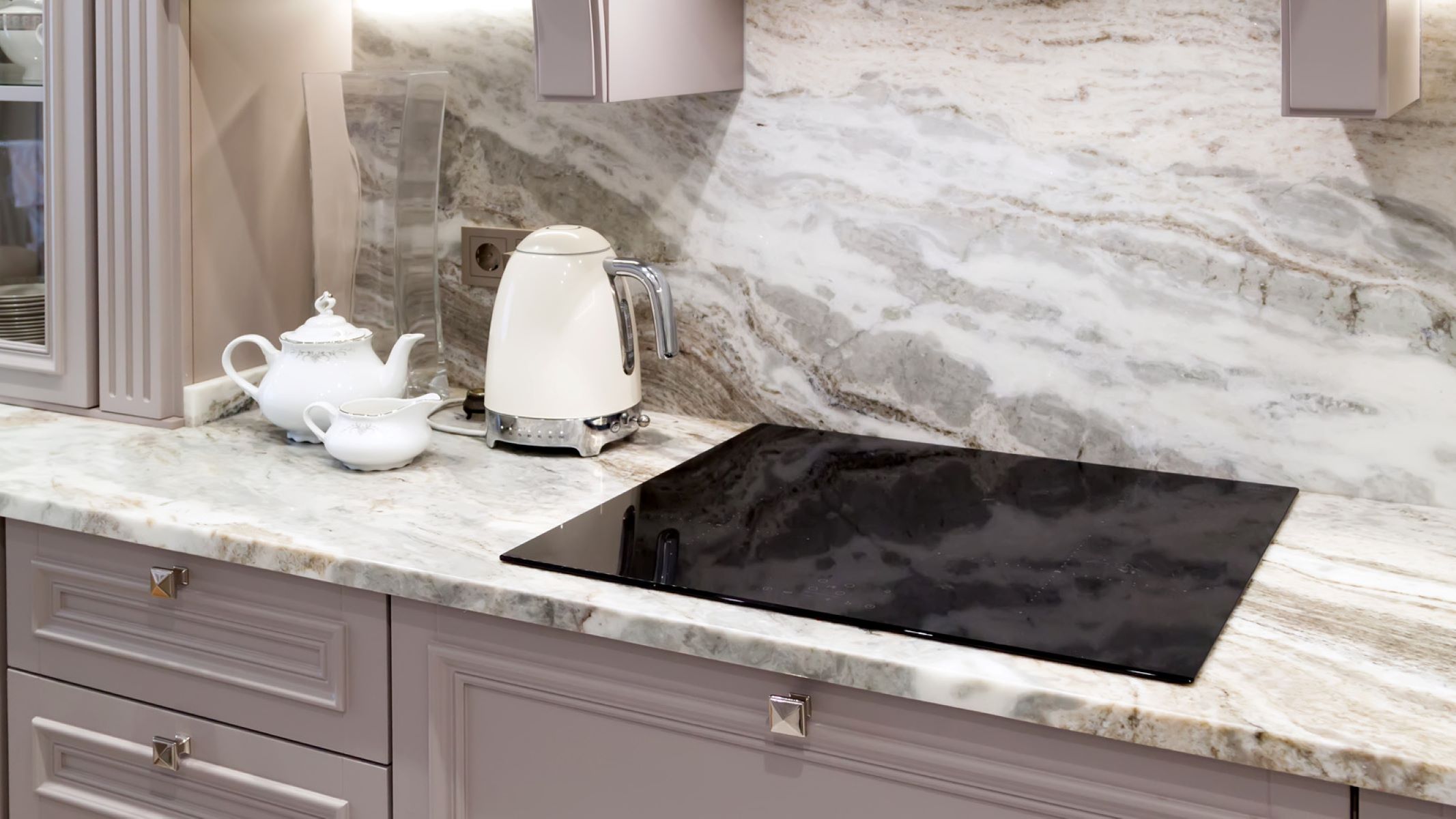
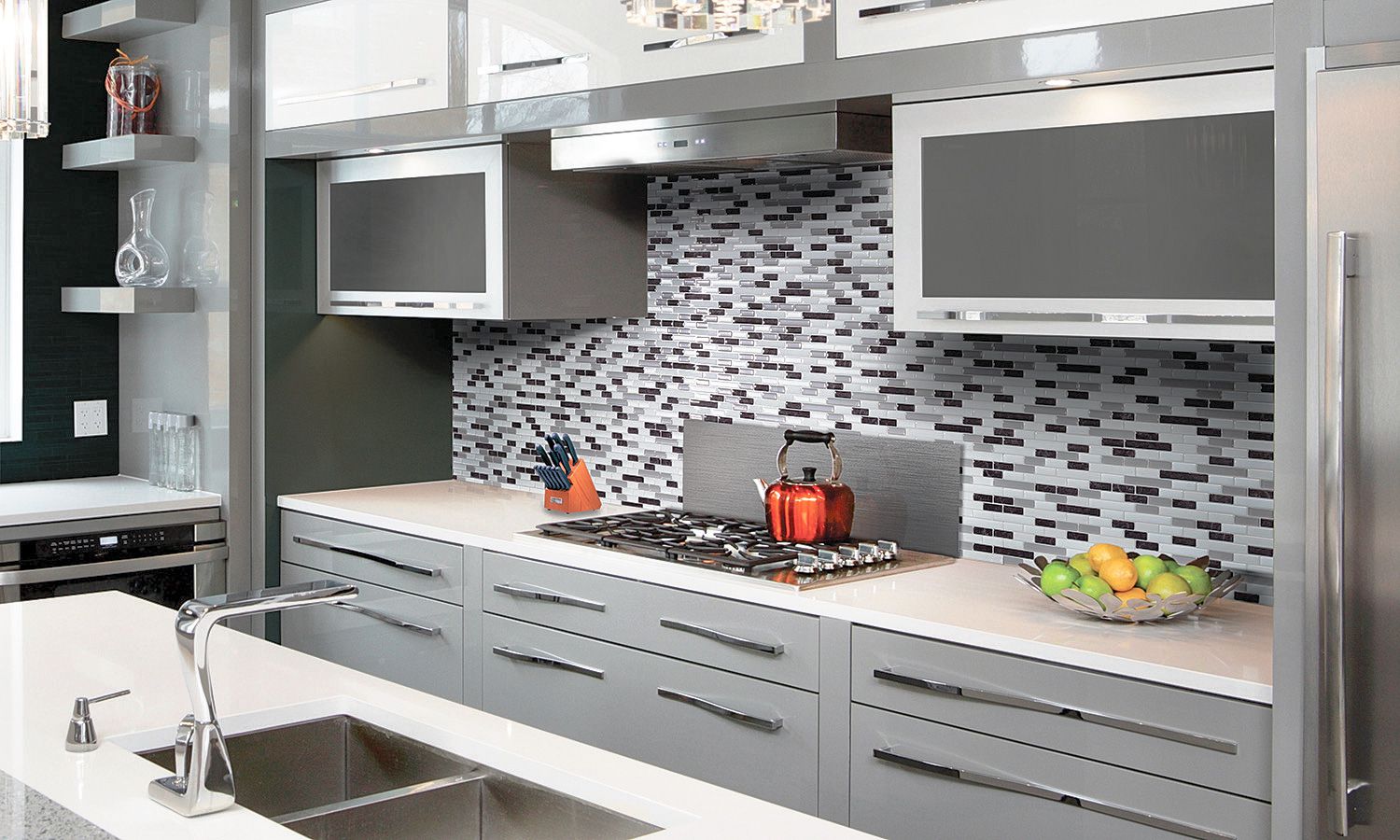
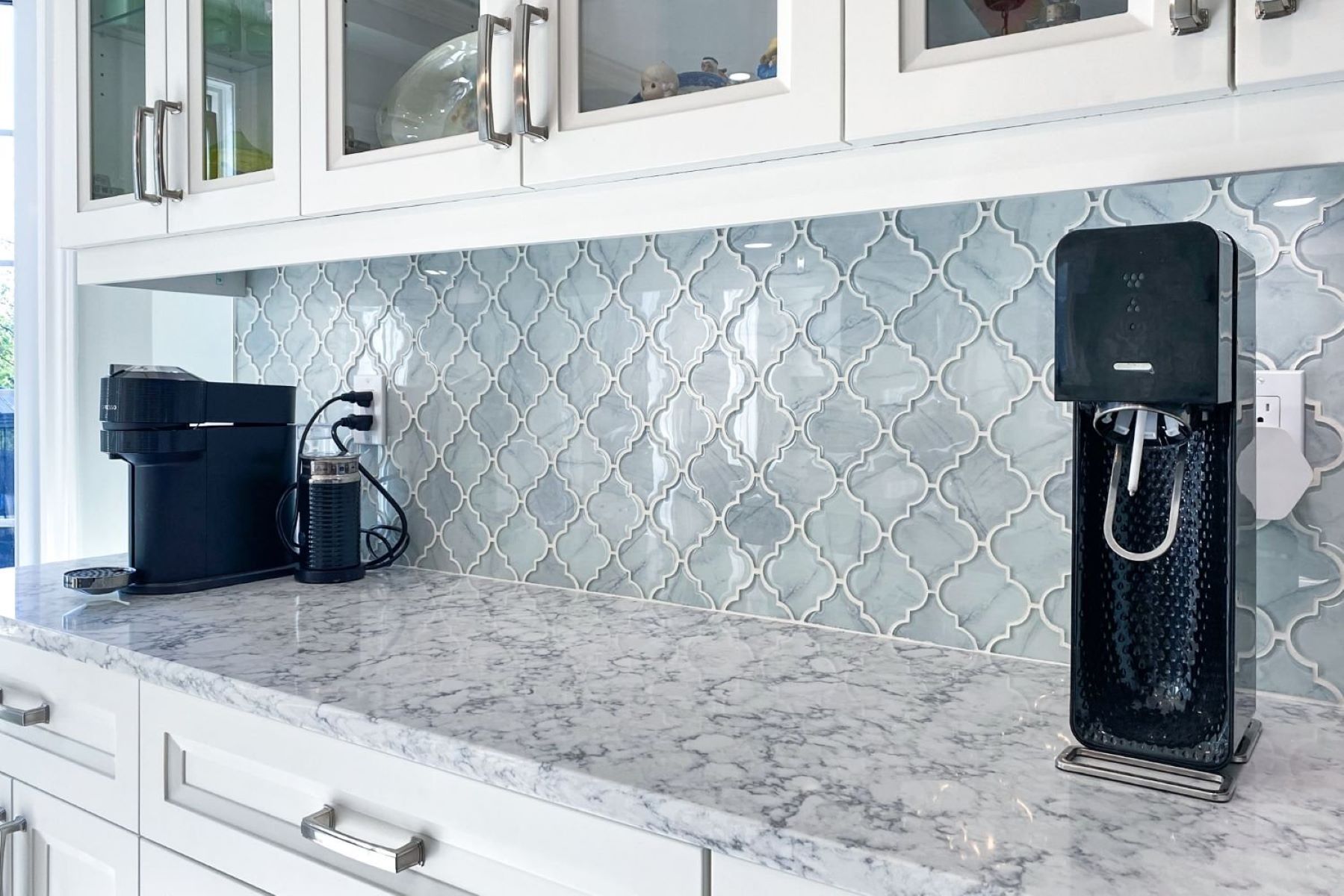
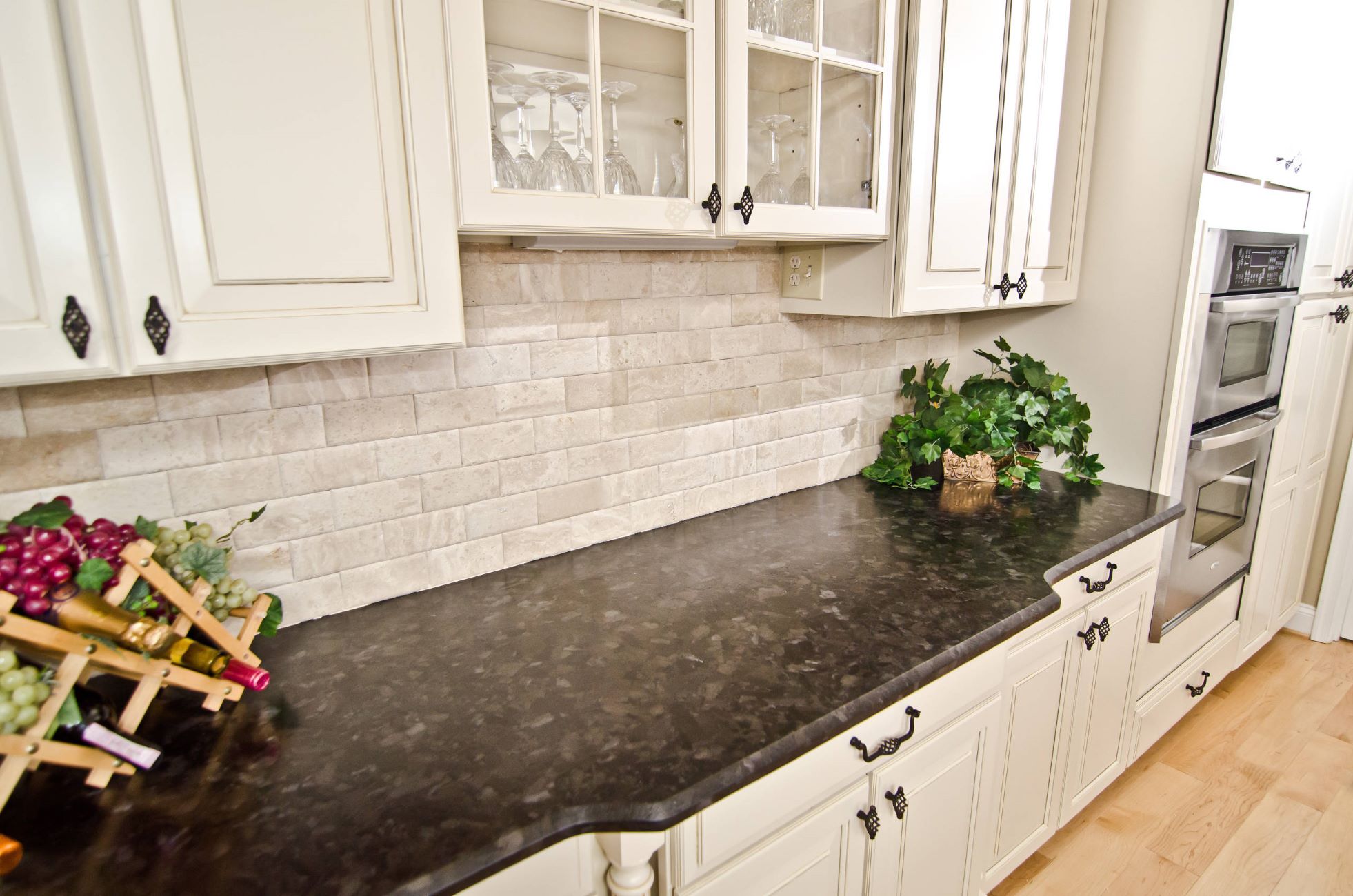

0 thoughts on “What Is A Bathroom Backsplash”